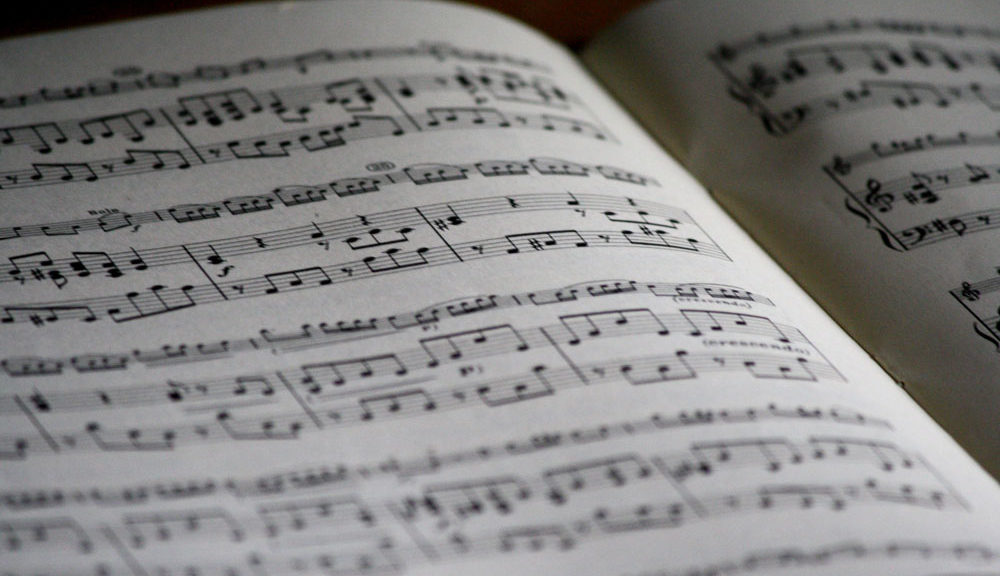
Avoiding Piano Injuries – Part 3: Strategies
(This article is one of a multi-part series on how to avoid piano injuries. My goal is to 1) inform students of important basics from which they should never stray and 2) help them become aware of benefits provided by some parts of practice that may otherwise be considered boring!
I have always been interested in mechanical movement of the human body, whether studying in school or as a yoga student. While a student at Arizona State University, I studied Biomechanics as my emphasis area and graduated summa cum laude with a Bachelors of Science in Engineering. I later attended the Prosthetics program at California State University to help patients with amputations and limb deficiencies gain the ability to walk. I am pleased that I can combine my two loves, movement of the human body and music, for the benefit of my students.
It is important to me that my students develop proper technique so they can become the best pianists that their body will allow. Further, my intent is to teach my students to respect their bodies and treat them with care, to avoid injury and enjoy many years of playing.)
Even with correct posture and good technique, injury is still possible. Long hours of practice can fatigue the player, who may be so engrossed in the music that he or she may not notice. Good form can be lost if the player is intensely focused, grimacing or clenching. The cause is still a lack of posture or good technique – but while it was there at first, fatigue or over-focusing can cause the posture and technique to slip away.
This final segment of the “Avoiding Piano Injuries” series covers how to approach new music and strategies to practice safely and effectively.
Strategies to Avoid Injury
Whether taking a strategic approach to the music or keeping your forearm, wrist and finger muscles in good tone, there are a number of things you can do to prevent injuries:
1. Study the Music
This is all about the approach. Before you begin to play, make sure you take note of the key signature, the time signature and the tempo.
Dialing yourself into the key signature sets you up for the right sharps and flats. You can even play through the scale and get it in your fingers if that helps! Now is also a good time to see if the key changes anywhere in the song.
Rather than just take off in the song, make sure you take note of the time signature. It’s easy enough if you’re playing in 4/4 or 3/4, but for other time signatures you will need to adjust your counting. Take a look through the piece and see if there are going to be any confusing measures or sections. As with key signature, make note if the time signature changes at any time during the piece.
Regarding tempo, upon your first few times through, you probably won’t be playing at tempo. However, if you take a look when you first begin the piece, you’ll have an understanding of where you will be taking the music.
Take note of dynamics and expression and try to play with them, but don’t be too hard on yourself if you aren’t able to incorporate these right away.
2. Focus on the Tough Parts
While it is usually most enjoyable to play the parts of the song you know well, and it’s important to enjoy what you’re doing, you’ll make the most progress by focusing on the tough sections. Play through the song and notice which parts are most challenging and pay extra attention to these areas each time you practice. You won’t necessarily get it overnight just because you play the tough part 20 times through, but the more time you give something the better you’ll get.
When you work on these tough sections of your repertoire, try to figure out why they’re tough.
- Is it the rhythm and counting? Don’t be afraid to write some notes to yourself. Write out the counts. It will help while you play and you may even have to write it out to figure it out in the first place! In the long term, writing out confusing counts can actually help you understand parts like this in the future more quickly, without writing them out.
- Is it the fingering? If you’re finding that you aren’t even using the same fingering each time you play, you should definitely define it for yourself and play through until you have the motions in motor memory. You may end up erasing some of the fingering to key landmarks, but it’s important to define the fingering so you practice the same way each time.
This tip really goes hand in hand with the first tip – truly studying the piece. Even if you’re a great sightreader, you may occasionally be thrown off what you *think* is on the page. Taking time to study the music and focus on the tough parts is great advice for players of all levels and skill.
3. Keep Practice Short
There’s only so much you can do in one practice session. Sure, you can grind away and try to rush the study of a piece. However, you’re likely to injure yourself by forcing speedy improvement. You’re also going to lose some efficiency after so much time at the piano, whether from physical or mental fatigue.
4. …and Allow Plenty of Time to Study!
As a follow up to the previous point, allow yourself plenty of time to bring a piece up to the standards you expect! You really can’t rush it. Considering you will typically lose efficiency for each hour you practice, that means the more you cram the more total hours it will take to bring a piece up to standards. So if you give yourself plenty of calendar days to practice and take it one bite at a time, you’ll have a performance you can be proud of – and no injuries to nurse back to health after you’re done.
5. Use a Metronome!
This one may really confuse you. How would a metronome help you prevent injury? This goes back to the first point, studying the music. After you’ve run through the song once or twice, set the metronome to the given tempo of the song. Observe your ultimate tempo goal. See if you can play it! If not, no worries – back it off and lower the tempo until you can easily play along with the metronome. You may have some sections that you can play faster than others, while others are much slower. For slower sections, these are the tough parts upon which you should focus the most. Gradually bring them up to the tempo you can play the rest of the song.
Once you’re playing the song at one consistent tempo, increase the tempo of the whole piece. You may need to go back and focus on those tough parts again as you approach playing at tempo, but at least this way you’ll be able to begin feeling how the song progresses, perhaps building in some dynamics and expression.
6. Drill, baby! Drill!
No matter your skill level and years of experience, a pianist can always benefit from drills. Whether the Technic book in your method series or a supplemental book such as the Fingerpower series or Hanons, keeping up on technical exercises will keep your wrists and fingers strong and flexible. If you’ve taken a break from playing or are too busy to keep up a diverse repertoire, exercises are a great way to build and maintain your muscles for great technique.
Don’t Forget to Breathe
…most importantly, don’t forget to breathe. Stay relaxed. Check in with yourself and take breaks. As long as you stay aware of your breath, you’re probably still in check with your posture and your technique.
I hope you enjoyed this multi-part series on how to avoid injuries. The previous sections covered correct posture at the piano and playing with proper technique. Upcoming topics will cover strategies for preventing injuries, such as exercises and drills, reducing over-repetitive playing and how the student can avoid stress by creating stillness in his or her mind. Stay tuned for more!
Related Articles Recommended for You

Read More

Read More

Read More

Read More

Read More

Read More

Read More

Read More

Read More

Read More
